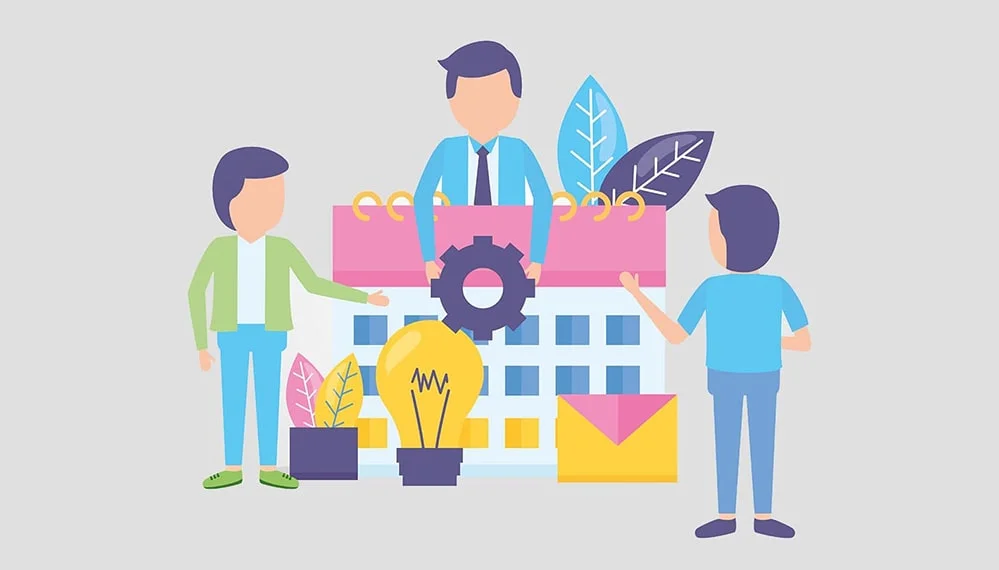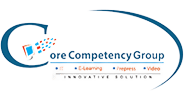Crafting an Effective Employee Development Plan
Rohit Kumar
29 Aug, 2023

In the current competitive business landscape, organizations often grapple with challenges such as limited resources, budget constraints, packed schedules, and fluctuating motivation levels regarding employee growth.
However, a well-structured employee development plan can be a game-changer, fueling individual and collective success within your organization. Such a plan enhances employee engagement and performance and leads to improved business outcomes. This guide will delve into the essential aspects of employee development plans, including their benefits, real-world examples, and a step-by-step guide to creating one.
Understanding Employee Development Plans
An employee development plan is a systematic approach organizations adopt to facilitate workforce learning and development. It's a strategic instrument designed to hone staff skills through goal setting, training, and mentoring.
A robust employee growth plan focuses on identifying development needs, offering learning opportunities to meet those needs, and monitoring progress. By doing so, organizations can cultivate a continuous learning and improvement culture, leading to increased staff retention, enhanced performance, and boosted morale.
Key Benefits of Employee Development Plans
Investing in your employees' development has numerous advantages. Here are the top benefits for both employers and employees:
- Improved performance, productivity, and business results
- Enhanced employee engagement, job satisfaction, and loyalty
- Improved employee retention rates
- Development of a more adaptable, proficient, and autonomous workforce
- Improved staff morale, contributing to a more positive work culture
- Creation of a talent pipeline, facilitating effective succession planning
- Increased innovation and creativity
- Attraction of new top-quality talent to your organization, improving employer branding initiatives
Benefits for Employees
- Opportunity to acquire new skills and upgrade existing ones, increasing employability
- Improved job satisfaction and fulfillment at work
- Opportunities for career advancement within the company and beyond
- Increased resilience and adaptability to change, such as emerging technologies and market demands
- Enhanced confidence in their professional abilities
- Improved productivity, resulting in better time management
- A sense of feeling valued and recognized by the organization
- Lifelong learning, which fosters greater engagement
How to Create a Professional Development Plan
Identify Organizational Goals
The first step in creating an employee development plan is clearly defining your organization's goals. These goals should align with your overall business strategy and be specific, measurable, achievable, relevant, and time-bound (SMART).
These individuals understand the importance of meeting deadlines, maintaining quality, and exceeding their job descriptions. They are the ones who stay late to finish a project, who double-check their work to ensure accuracy, and who are always looking for ways to improve their performance.
Creativity
Creativity is a highly sought-after competency in today's rapidly evolving business landscape. Employees who think outside the box and find innovative solutions to complex problems are invaluable. Their ability to adapt and learn on the job makes them prime candidates for advancement.
Consider what skills and competencies your employees need to help your organization reach these goals. For instance, if one of your goals is to improve customer service, you might identify skills such as communication, empathy, and problem-solving as critical competencies.
Conduct a Skills Gap Analysis
Once you've identified the necessary skills and competencies, conduct a skills gap analysis to determine where your employees currently stand. That involves assessing each employee's current skill level and comparing it to the desired level.
You can gather this data through various methods, including performance reviews, surveys, and direct feedback from managers and colleagues. The analysis will help you identify the most critical gaps that need to be addressed, which should be the focus of your development plan.
Design an Employee Development Plan
You can now design your development plan with a clear understanding of your goals and the existing skills gaps. That should include a detailed outline of the learning activities and material that will be used to bridge the skills gaps.
Consider different types of training, such as workshops, e-learning courses, mentoring programs, and on-the-job training. Also, think about the timeline for the plan, the budget required, and how you will track progress. Remember to make the program flexible to accommodate individual learning styles and paces.
Get Buy-in
For your development plan to be successful, you need the support of key stakeholders, including senior management, team leaders, and the employees themselves. Present the project to them, highlighting its benefits to the organization, such as improved performance, increased productivity, and better retention rates. Be open to their feedback and make any necessary adjustments to gain their full support.
Create Training Materials
They are the ones who stand up for what is right, even when it's not easy. They uphold the company's values and principles, and their actions reflect their integrity.
Leadership Skills
Depending on the training you plan to provide, you'll need to create or source relevant training materials. These could include e-learning modules, training manuals, video tutorials, or even resources for self-directed learning. Ensure the materials are engaging, interactive, and tailored to the needs of your employees.
Deliver Training
Implement the plan by delivering the training to your employees. If you're using an LMS, upload the training materials onto the platform and assign them to the relevant employees. Schedule any face-to-face training sessions or workshops. Ensure the training is accessible and provide support to employees who need it.
Monitor Progress
It's crucial to track the progress of your development plan to ensure it's effective. Use the tracking features of your LMS to monitor completion rates, assess performance, and gather feedback. Regularly review this data to identify any issues or areas for improvement.
Continuously Tweak and Evolve
An employee development plan should not be static. It needs to evolve with your organization and the needs of your employees. Regularly monitor and update the plan based on feedback, organizational goal changes, or industry shifts. That will ensure your plan remains relevant and continues to provide value to your employees and your organization.
By following these steps, you can create a comprehensive and effective employee development plan that addresses your organization's current needs and prepares your employees for future challenges and opportunities.
In conclusion, developing your workforce should be a top priority for organizations looking to stay competitive, drive performance, and future-proof their business. Successful initiatives resolve actual business problems while promoting collaboration and lifelong learning, making employees feel valued, engaged, and loyal.
If you seek a robust, user-friendly, and customizable competency management system, look no further than Core Competency. And don't just take our word for it. Explore its wide range of features and see the difference it can make in your organization. Book your free demo today and take the first step towards a transformative learning & development experience for your workforce.




